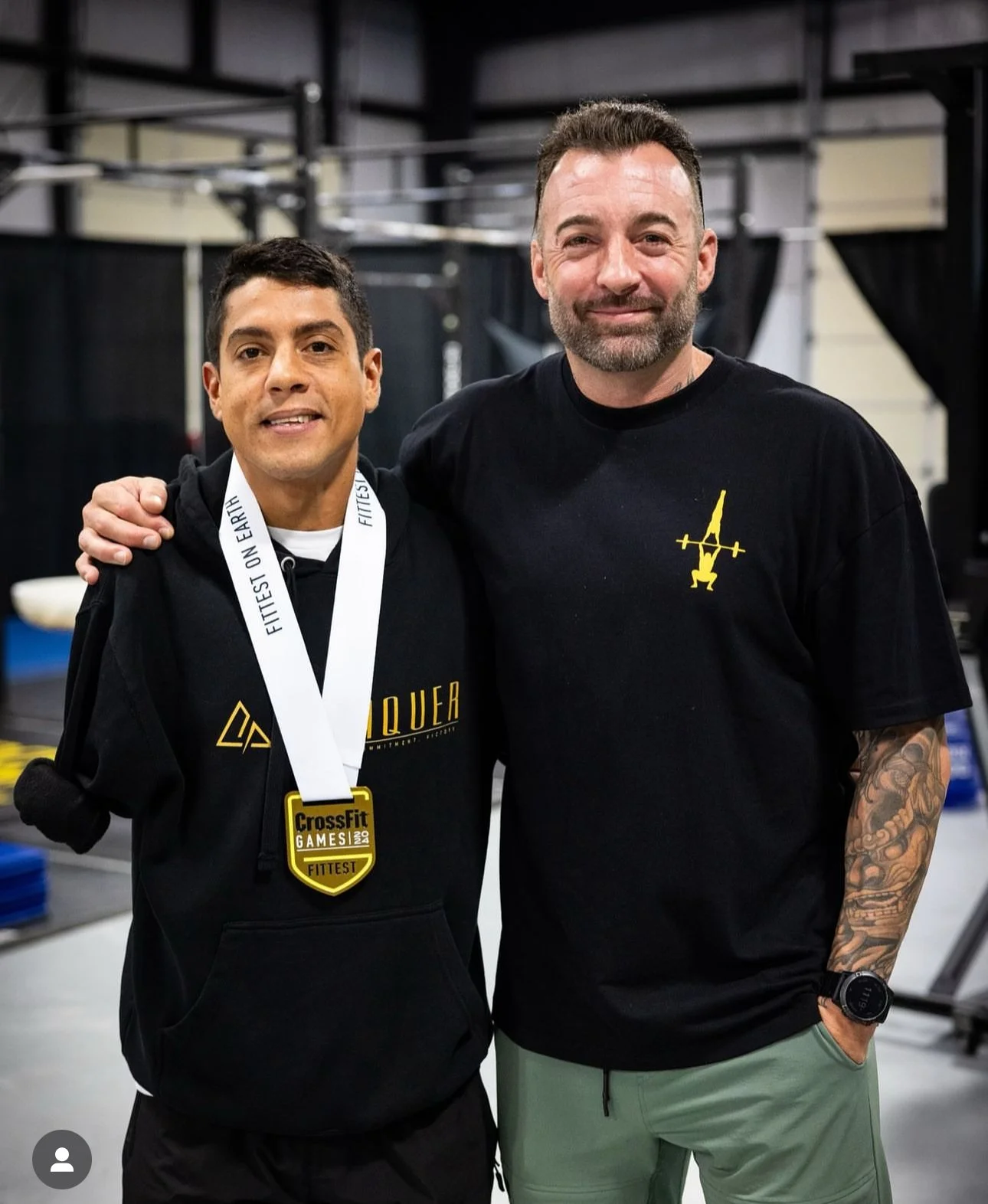Being a Better Coach
Written by Conquer Athlete Coach Jason Leydon, CSCS
Principles First. Methods Second.
Coaches, let’s get clear: your job isn’t to worship a template—it’s to get results for the human in front of you. That means you don’t need to follow a traditional outline to the letter. You do need to understand the principles that make any method work. Principles are the operating system; methods are the apps. If you don’t know the OS, you’re just guessing which app will open the file.
Here are the non-negotiables I expect every coach on my staff to know, cold:
Specificity.
You adapt to what you practice. If the goal is better thrusters under fatigue, the plan has to include thrusters under intelligently dosed fatigue—not just front squats and a prayer.
Progressive Overload.
Stress must increase over time to create change. That can be load, volume, density, complexity, or speed—but it can’t be random.
Fatigue Management.
Adaptations happen when stress meets recovery. Plan deloads. Wave intensity. Respect the CNS and tissues. Tired is not the same as better.
Individualization.
Two athletes can do the same session and get different outcomes. History, readiness, and constraints matter. Program to the person, not to your ego.
Variation with Intent.
Rotate stimuli to avoid staleness and overuse, but keep the throughline. Novelty without purpose is noise.
Phase Potentiation.
Sequence blocks so one quality feeds the next—base → build → sharpen. Order matters.
When you know these, you can create methods that actually fit your clients and your context:
Busy parent who trains four days a week? Use density progressions (same work, less time) and micro-dosed strength touch-points to move the needle without burying them.
High-level mixed modal athlete with a limiter in upper-body pressing? Build a pressing spine through the week: absolute strength on Monday, volume/skill under fatigue midweek, speed-strength exposures on Friday.
Masters athlete with tendon history? Keep intensity, shift the vector: isometrics, tempo, and partials to load the tissue, while conditioning rides mostly aerobic.
Notice none of those examples require you to “pick a system” and die on that hill. Conjugate, linear, block, concurrent—those are methods. Use them when they serve the principle and the person. Abandon them when they don’t.
A simple weekly checklist I use:
What is the primary adaptation I’m chasing right now? (One sentence.)
What KPI will prove it worked? (Make it measurable and close to the sport.)
Where is the recovery built in? (Show me the plan, not the hope.)
What stays maintained while we push the primary? (1–2 touches to prevent backsliding.)
What gets removed? (Saying “yes” means saying “no” somewhere else.)
Common coaching traps:
Chasing every quality at once, confusing sweat with progress, and copying a high-volume athlete’s training without their recovery or training age. Don’t outsource your brain to a spreadsheet or a famous program. Borrow ideas, sure, but translate them through the lens of principles + person + context.
If you want to be the coach athletes trust for years—not weeks—build your programming from the foundation up. Know the why, then craft the how. Principles first. Methods second.
Want help turning this into a system you can use with every athlete? Join the Conquer Athlete Mentorship. We’ll coach you through principle-driven programming, athlete assessment, KPI selection, and real-world problem solving—so your methods are yours, and they work.

